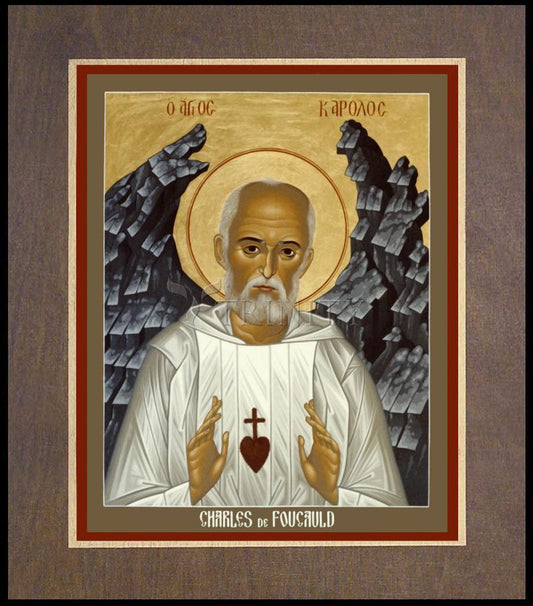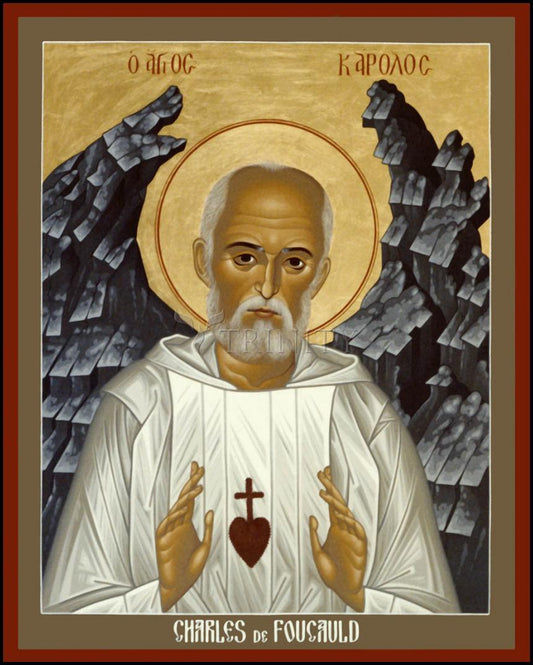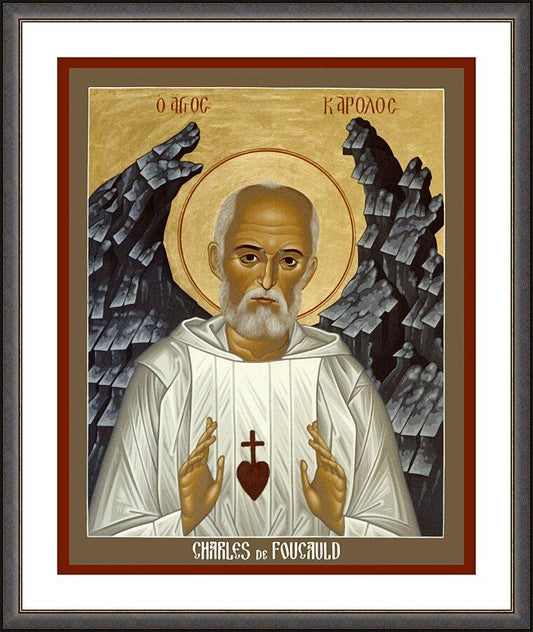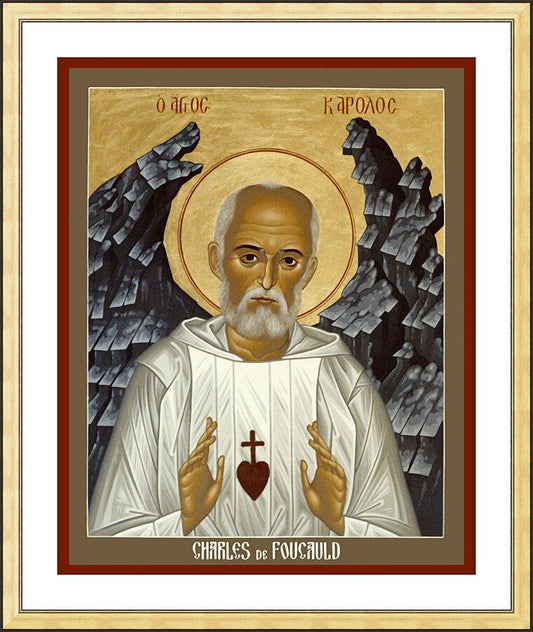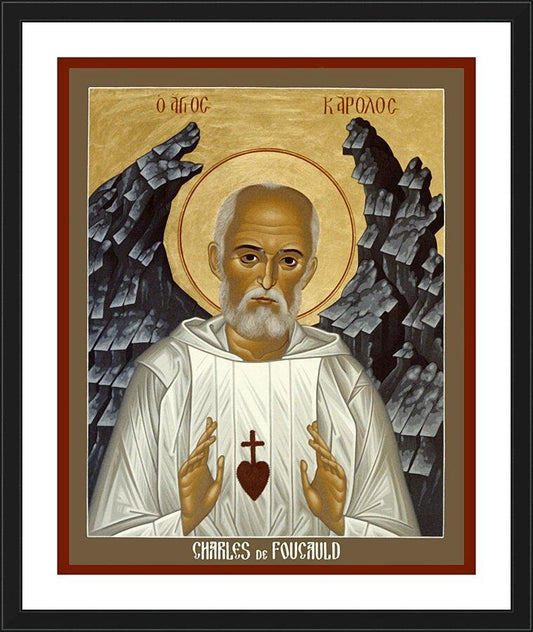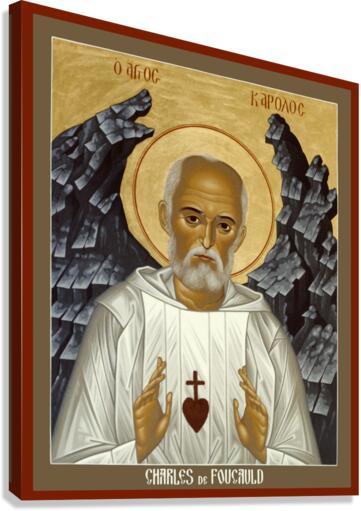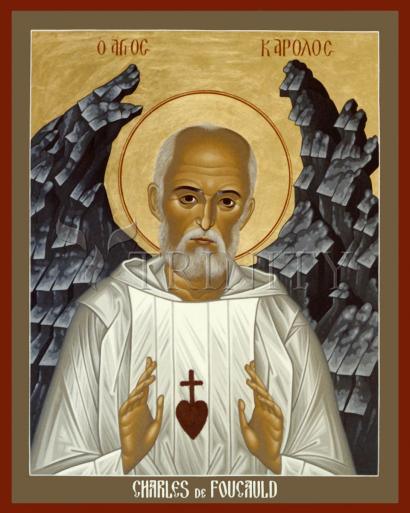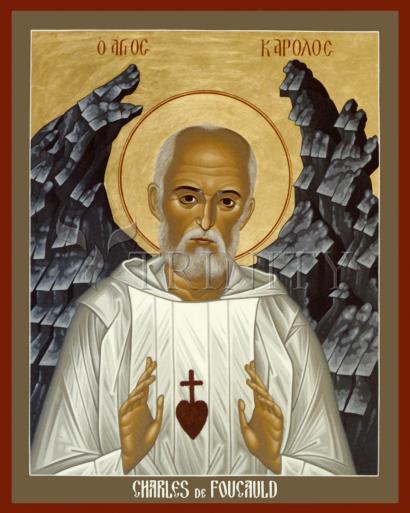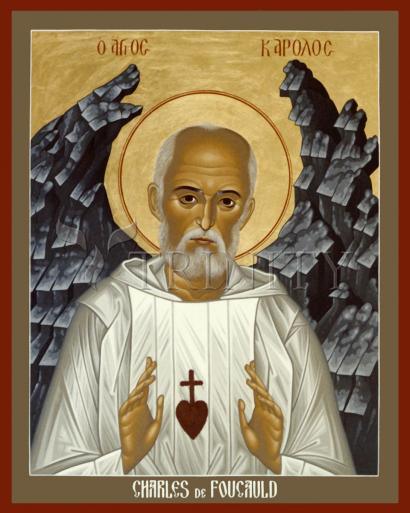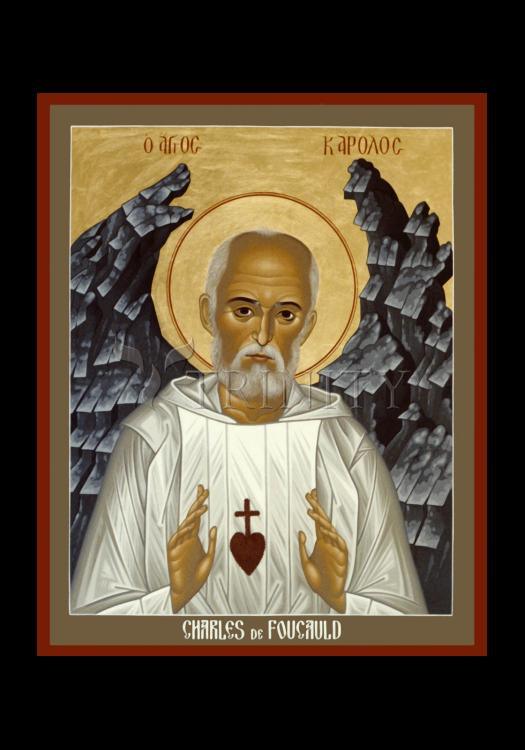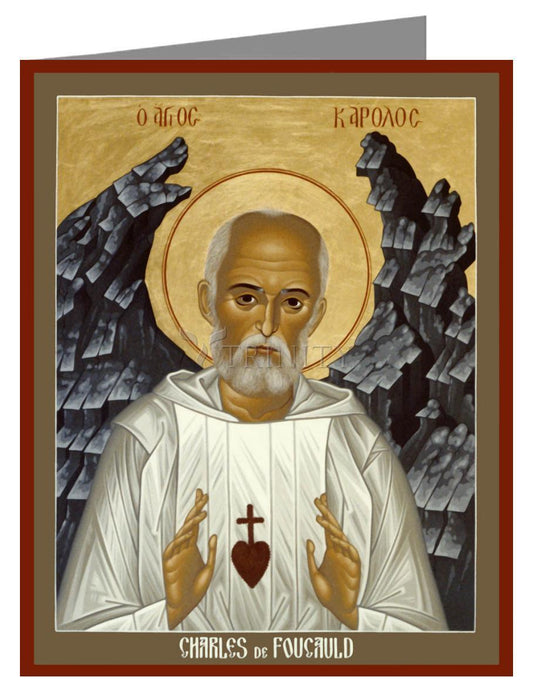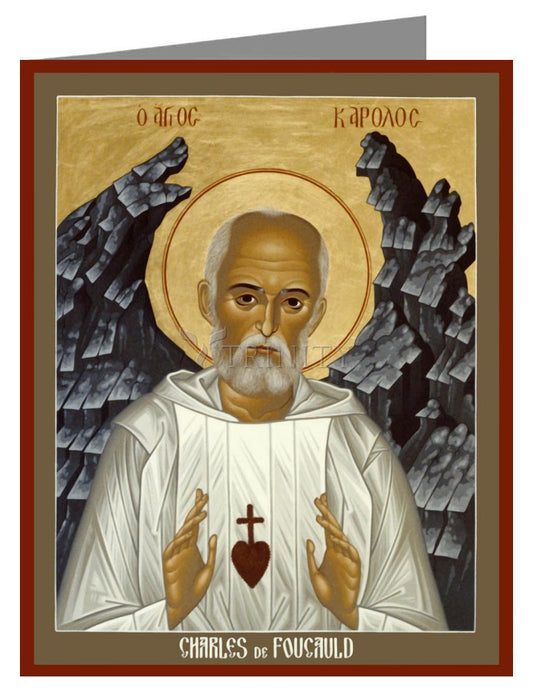YOUTH
1858 Born a Vicomte at Strasbourg, Sept. 15. 1864 Mother died in March, father six months later. With younger sister, he lived with his maternal grandfather. 1872 Family moved to Nancy.
IN THE MILITARY
1876 Entered St.-Cyr Military Academy, squeezed through.
"For 12 years I denied nothing, but believed nothing. I lived as one can when the last spark of faith has gone out."
1878 Passed from St.-Cyr to the Cavalry School of Saumur.
1880 As a Sous-Lieutenant posted to Algeria with the 4th Hussars.
1881 Placed on the non-active list "for indiscipline and notorious conduct", to wit, public concubinage. Reactivated within a year for a military expedition. Contact with Muslims.
EXPLORER
1883-4 Explored and charted Morocco disguised as a poor rabbi.
1885 Lived near Bordeaux, France, also a reconnaissance of southern Algeria and Tunisia. He received a gold medal from Societé Française de Géographie.
RETURN TO FAITH
1886 Settled in Paris. Through encouragement of his cousin Marie de Bondy, moved to conversion at St. Augustine Church and Confession to l'Abbé Huvelin, in October.
"The moment I realized that God existed, I knew I could not do otherwise than to live for him alone."
1887-88 His books in print described his travels in Morocco.
1888 Journey/pilgrimage to the Holy Land.
1889 Returned to Paris.
WITH THE TRAPPISTS
1890 In January, entered the novitiate of the Trappists at Notre-Dame-des-Neiges and given the name of Brother Marie-Alberic. In June, went to the daughter monastery in Akbes, Syria.
1893 September-October, there germinated the idea of a new congregation.
1896 He spent a month with the Trappists at Strauouëli, Algeria, then three months at the monastery at Tre Fontane, Rome and took classes at the Gregorian University. He was dispensed from the Trappists
"having come to think that it is not possible for me to live here the life of poverty, hiddenness and abjection... of Our Lord at Nazareth."
NAZARETH
1897 On February 14, he took private vows of perpetual chastity and poverty; went to the Holy Land as a handyman for the Poor Clares in Nazareth. There he was known as Brother Charles of Jesus.
"I cannot conceive of loving you (Jesus) without feeling a constraining need to do and be like you..."
1898 Pilgrimages to Jerusalem, retreat at Ephrem. He failed at attempt to found a hermitage at the Mount of Beatitudes.
1900 Returned to France and prepared for priestly ordination.
BENI-ABBES
1901 June 9th, ordained priest at the Seminary of Viviers as a "free priest" for the Sahara. On October 29, he arrived at Béni-Abbes, an oasis in Algeria near the Moroccan border.
1904-05 When obvious that he could not enter Morocco, he began trips making contact with the Touareg,
"to carry the Gospel to the most abandoned... not by preaching it but by living it."
He studied and learned Tamachek, the Touareg language. Before his death, he composed a grammar/dictionary, collected thousands of lines and verses of the language and translated them into French.
TAMANRASSET
1905 In August, he arrived at Tamanrasset in the Hoggar region. For the next three years he traveled back and forth to Béni-Abbes, spending most of his time, however, at Tamanrasset.
1907-08 July, famine in the Hoggar. In January, 1908, Brother Charles suffered a physical breakdown. By June, his letters read like someone in a spiritual, psychological Dark Night.
1908-09 December to March, he had a sojourn with his family in France. He wrote the statutes of the Union of the Brothers and Sisters of the Sacred Heart.
1909 By June, he was again in Tamanrasset until January,1911.
1910 Abbe Huvelin, his confessor and close friend, died.
1910 He constructed a hermitage on the peak of Asekrem in July.
"My hermitage here is on a summit that overlooks practically the whole of the Hoggar and stands amid wild looking mountains beyond which the seemingly limitless horizon makes one think of the infinitude of God."
1911 February and March in France. From May, 1911, until April, 1913, he was at Tamanrassset.
1913 Again in France from April to November, he returned to Tamanrasset. The First World War started in September,1914.
1916 The Senoussistes marauded in the Hoggar. In April, he moved into a small fortress in Tamanrasset. On December 1, he was assassinated.
"Excerpts from Jesus Caritas: News & Archive of the Spiritual Family of Charles de Foucauld



